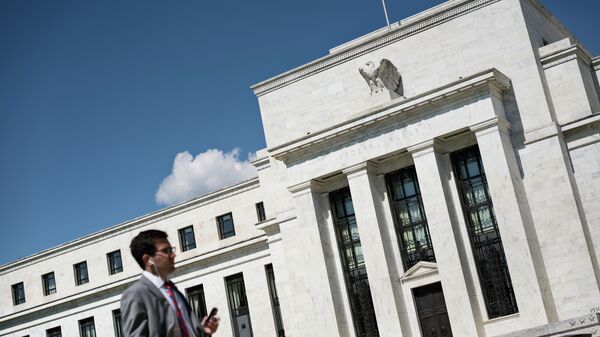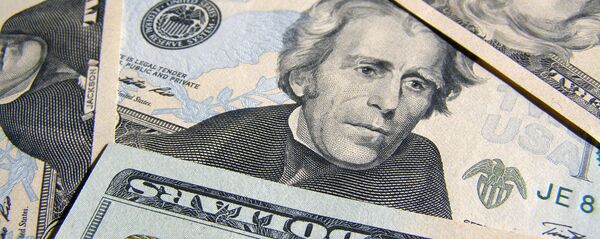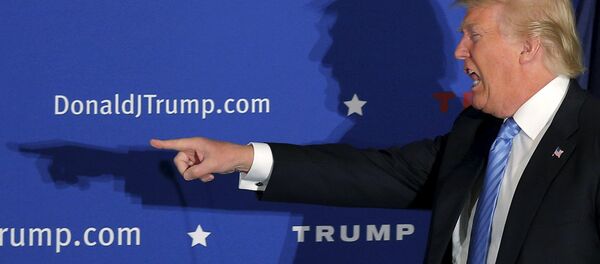Kristian Rouz – The Harvard Business School released a study examining the key aspects of economic inefficiency that the US faces and the nature of its dysfunctional policy. These, it reports, are weighing on competitiveness, labor productivity, salaries, wages and living standards.
Having identified key structural issues, the Harvard team has come to the conclusion that lower and simpler taxes, a shift in the national economic strategy, a reform to the political system, and promotion of business investment rather than administrative entitlement, could provide a path to restoring the efficiency of the national economy and improving the quality of life in the US.
“While a slow recovery is underway, fundamentally weak US economic performance continues and is leaving many Americans behind,” the study says, criticizing the federal government's policies of the past several years for having made “no meaningful progress on the critical policy steps to restore US competitiveness in the last decade or more.”
US economic conditions have barely improved since the financial and economic meltdown of 2007-2009, the study found, because the federal government has been lacking a strategic vision of what they are doing. With the political system losing its efficiency as well due to an increase in bureaucracy, corruption, overall inefficiency and deteriorated political competitiveness within the “red states-blue states” divide, the broader prospects for competitiveness have become increasingly restrained.
“The weak recovery reflects the erosion of competitiveness, as well as the [country's] inability to take the steps necessary to address growing US weaknesses,” the study says.
The study reflects on an ongoing decline in workforce participation, which peaked in 1997, largely driven by the declines in [inflation-adjusted] median household incomes, which peaked two years later, in 1999. The study identified a trend towards monopolization in many US industries, with larger enterprises still able to prosper, while many small businesses are mired in despair. Startups, for example, are falling behind, providing little help in the creation of jobs.
“Overall prosperity is growing slowly, but the benefits are increasingly not flowing to middle- and lower-income Americans. This puts the American Dream, or the ability of any American to advance and prosper, at risk,” the Harvard team wrote.
Amid the lack of business investment, half of all private sector enterprises are eyeing a further decline in competitiveness over the course of the next three years, 30 percent predict improvement, and 20 percent don't expect anything to change. Meanwhile, as workers are seeing less job opportunities and lower pay, consumer power is eroding as well, dangerously undermining the key driving force behind the US economy.
A tax reform is necessary, the study says, as the prohibitively high levels of corporate taxation effectively undermine the competitiveness of American business.
“Corporate tax policy has become a key obstacle to US competitiveness and economic growth, and reforming both corporate and personal taxation is essential to achieving a sustainable federal budget,” the study says.
Lower rates and a simplified system could greatly help increase the efficiency of the entire fiscal system, the study found, while “political paralysis” in Washington must be decisively addressed by reforming the political system, as the existing Democrat and Republican electoral affiliations do not seem to comprehensively reflect the needs of voters due to machine politics.






